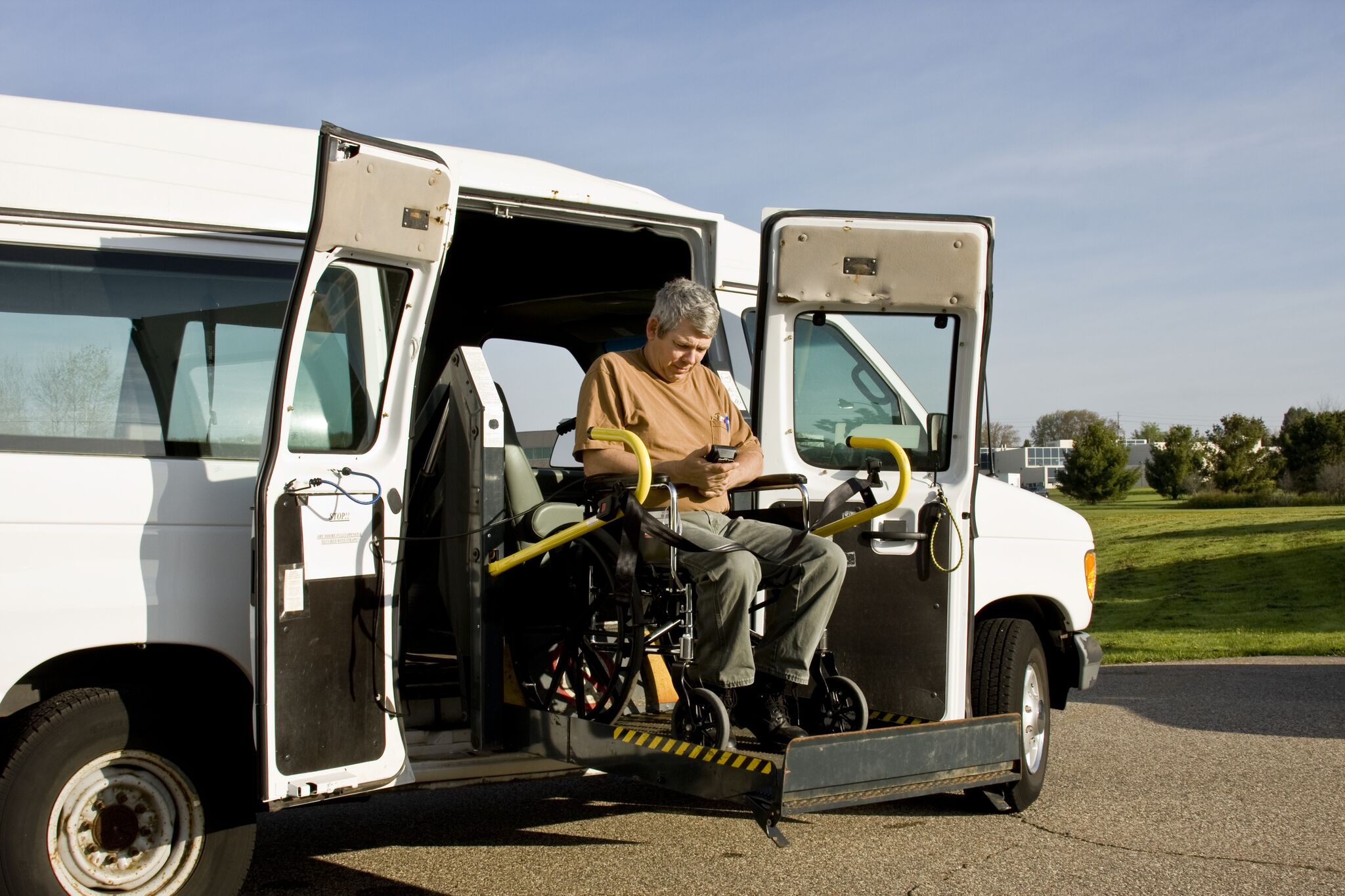Wheelchair accessible vehicles (WAVs) are cars that have been converted to accommodate a wheelchair user. A common conversion is a ramp to allow a person to enter a car while still in their wheelchair. WAVs provide a fantastic alternative to people who are otherwise limited to using taxis and public transport to get around. But, they do come at a cost. Structural modifications can be expensive so, read on for our top 5 things you need to know when buying wheelchair accessible vehicles.
1. Ramps
You can choose to fit a ramp at either the rear or side of your car. These days, both options provide access to both the driver and passenger areas so the location of the ramp is totally up to you. Although in some cases, the specifications of your car may limit you to one option.
When making this decision, consider where you intend to park the car e.g. do you have enough space in your garage for a side or rear ramp?. The size of the wheelchair being used and the required headroom can also impact the ramp positioning.
We know choosing a ramp seems confusing, but there is help. Our suggestion is to discuss this with your occupational therapist and car converter to make sure you get the right ramp and access to accommodate your needs.
If you have any safety concerns about converting your car, we suggest you speak directly to your car converter. They can help explain the process and provide reassurance on safety compliance.
2. Parking
Whether you’re parking at home or in public, you will need extra space to park your WAV.
Generally speaking, you will need at least three metres of extra space wherever your ramp has been fitted to allow for both the ramp and the space required for the wheelchair user to safely manoeuvre on to the ramp.
3. Carers and support workers
If you rely on a carer or support worker to help you transfer or drive your car, it is vital they are familiar and comfortable with it. This is why it’s important to take your primary caregiver(s) with you when you visit your occupational therapist and your vehicle converter. Any details that your carer (s) or support worker (s) needs to know should be explained by these professionals.
4. Maintenance
Your wheelchair is not the only equipment that needs maintenance, your WAV will need to as well. It is important that you service your vehicle on a regular basis to protect it against breakdowns and mechanical issues.
The frequency of servicing will largely depend on:
- the type of car you have
- the type of ramp you have
- how often you use it
- the age of the vehicle
We suggest speaking with your converter about how often you should service your car to ensure it is kept in optimal condition.
5. Insurance
Finding the right policy can be particularly difficult if your car has been converted for a driver or passenger with a disability. This is because most insurers don’t understand disability and will consider WAV owners high-risk, leading to larger premiums.
As Australia’s first independence and disability insurance specialist, we understand disability and can help protect the freedom you deserve. At Blue Badge, we know that people with wheelchair accessible vehicles are generally safer drivers who represent a lower risk. This means we can offer lower prices whilst providing the top cover.
Before you go about buying one or more wheelchair accessible vehicles, find out more about our comprehensive car insurance here.








